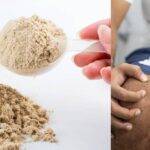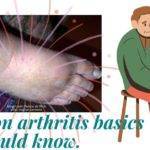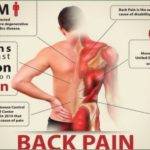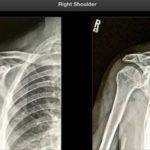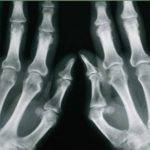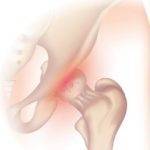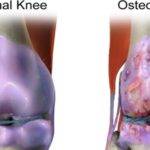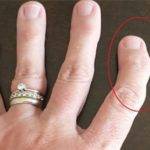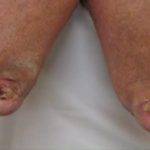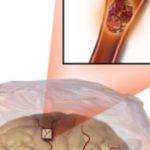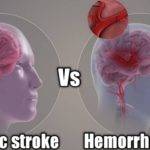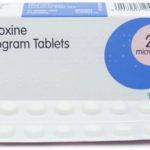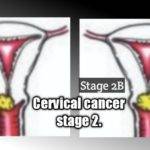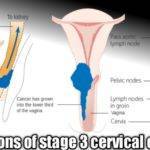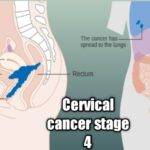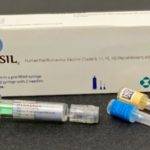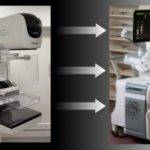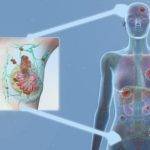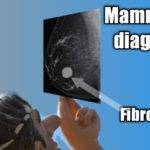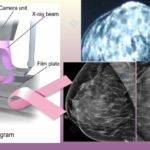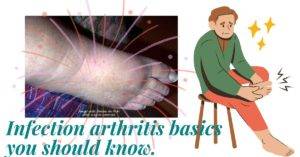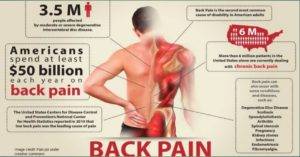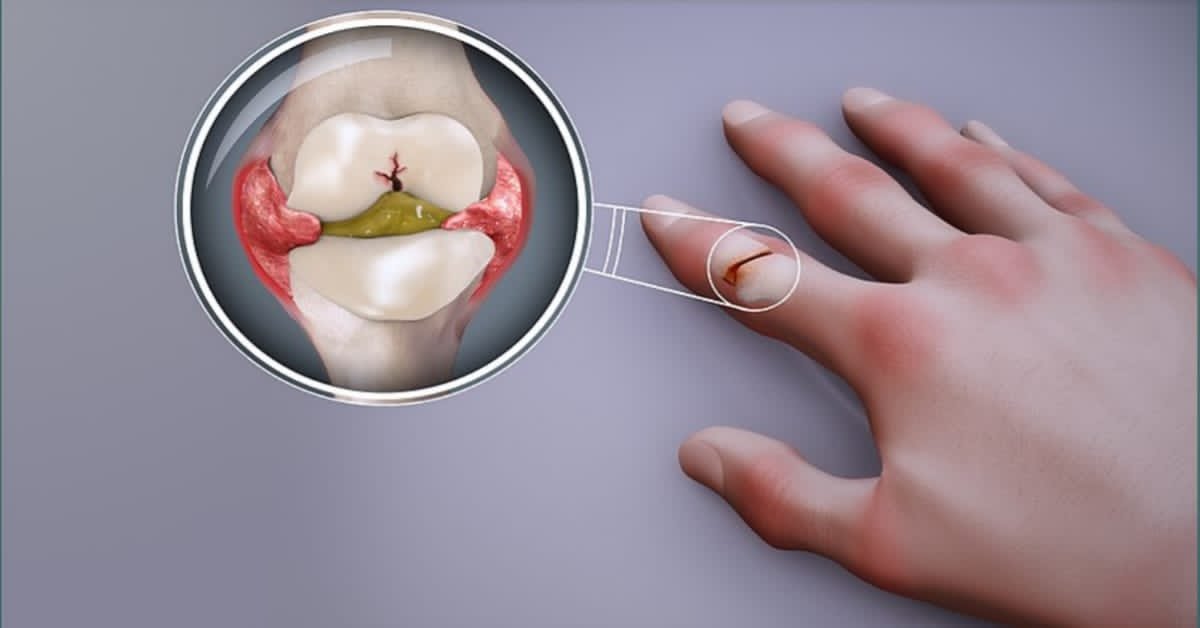
Table of Contents
Whereas Osteoarthritis(OA) is the most common form of joint disorder in the world, according to studies, occurring at a rate about 10 times more than Rheumatoid, Rheumatoid arthritis(RA) is the most common whole-body autoimmune disease.
Over the years what is known or believed about the two conditions has undergone considerable changes. For instance, back in medical school nearly two decades ago we used to memorize a definition of Osteoarthritis that stated it was a non-inflammatory condition.
Today, recent findings have shown it is associated with inflammation though we yet don’t know with certainty if the OA is the cause or the result of the inflammation.
There are a lot of similarities between the two medical conditions in as much as there are differences. in this article, we’ll highlight their differences to give you ideas on how to tell which of the two you may be dealing with even before going through elaborate medical tests.
In this article, we will often use OA to indicate Osteoarthritis and RA for Rheumatoid arthritis. They are medical abbreviations of these terms.
What is the difference between Osteo and Rheumatoid arthritis?
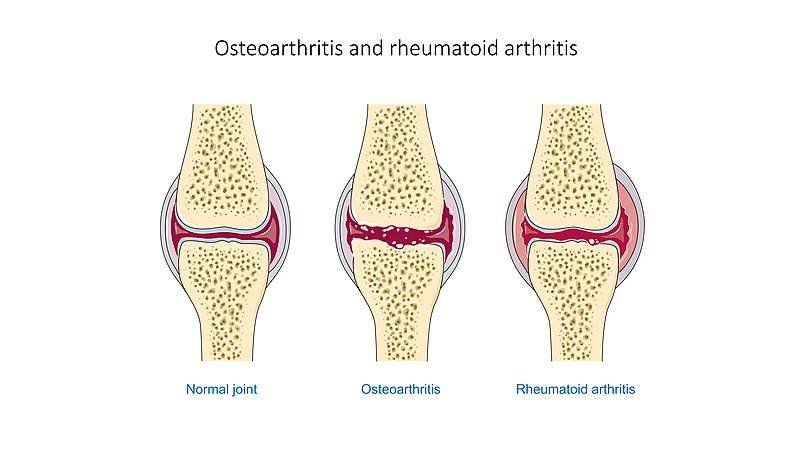
Note the destruction of the articular cartilage On the osteoarthritic joint
against the inflamed synovial membrane on the rheumatoid joint but with largely intact cartilage.
Image credit: Laboratoires Servier under Creative C.
Osteo is a medical term for Bones. Anything your physician or health care provider tells you that has that word in it must have something to do with bones. So when you hear Osteoarthritis(Osteo+arthritis) it means arthritis of the bones. OA is a degenerative condition involving, or that starts with your bones due to normal wear and tear that comes with usage or activities of daily living(ADL).
Bones are often regarded as hard tissues in the body. These are rigid and calcified tissues that also include the enamel of your teeth, dentin, etc. The opposite of hard tissues is soft tissues which refer to all other connective tissues in your body like muscles, tendons, ligaments, adipose tissues, body fascia, etc.
The term, rheumatoid is simply a disease condition that’s characteristic of rheumatism. Rheumatism itself means a disease or disorder involving both your hard and soft tissues simultaneously or at least from the onset and that’s one of the differences.
We’ll proceed by highlighting these differences below in simple terms. Some of the points listed below can be lumped together under Symptoms. However, I chose to split them up in ways that will make it easier for you to distinguish between OA and RA as you relate them to your symptoms.
Diagnosis
Though there is a great deal of similarity in the diagnosis of osteo and rheumatoid arthritis, rheumatoid usually involves bloodwork and other tests. The blood tests are meant to look for certain biomarkers characteristic of rheumatoid arthritis or other autoimmune diseases like:
- Rheumatoid factor(RF),
- Erythrocyte sedimentation rate(ESR),
- C-Reactive protein antibody(CRP), and
- Anti-cyclic citrullinated peptide(anti-CCP).
Rheumatoid factors are antibodies found in the blood on account of RA while C-reactive proteins are produced when there is inflammation. Erythrocyte is a medical term for your red blood cells.
Erythrocyte sedimentation rate(ESR) is also a test for inflammation while anti-CCP tests are new ways of diagnosing RA through the detection of auto-antibodies.
A diagnosis of osteoarthritis or OA, in the light of other pointers we will highlight here, can be made without these blood tests. It’s not that there can’t be bloodwork when dealing with Osteoarthritis but they will be to rule out Rheumatoid arthritis.
These tests may not confirm or exclude RA with certainty but they go a long way in helping with accurate diagnoses. The right diagnosis is essential in delivering the right treatment because there are variations in the way both diseases are treated.
Onset
It takes years for the symptoms of Osteoarthritis to manifest as the wear and tear of the joint cartilage is a very slow process. Rheumatoid arthritis, on the other hand, has a much more rapid onset of weeks or months.
Causes
While OA is caused by the gradual wear and tear of articular cartilage, RA is the result of an auto-immune systemic disease in which your body’s immune system mistakes your body’s tissues for foreign matter and attacks them.
Stiffness
You do experience stiffness with Osteoarthritis or Rheumatoid, however, the extent and duration differ in the two cases.
The stiffness you feel with osteoarthritis is less severe than that of rheumatoid arthritis. In addition, someone suffering from rheumatoid arthritis may experience bodywide stiffness unlike the stiffness in osteoarthritis which is only felt at the affected joint(s). This is an important point of distinction.
Duration of stiffness.
With Osteoarthritis, the mild or moderate morning stiffness could subside after as little as 30 minutes of activity. The stiffness may also be felt after an hour or more of inactivity but improves during activity or with the right type of exercise.
In contrast, the stiffness felt in rheumatoid arthritis could last twice as long. You should generally expect more stiffness, swelling, and warmth with rheumatoid.
Treatment
With the wide similarities in symptoms between osteoarthritis and rheumatoid, there is a good deal of similarities in their treatment measures. Notwithstanding, there are treatments administered in patients with RA you won’t need if you have only OA. These include:
- Immune system suppressants or biological agents: They keep your immune system from attacking and damaging your joints. e.g etanercept, and infliximab.
- Disease-modifying anti-rheumatic drugs: Administered to keep the disease from damaging your joints. e.g hydroxychloroquine, and methotrexate.
Osteoarthritis on the other hand could involve the use of intra-articular injections with hyaluronic acid and corticosteroids to help relieve symptoms.
Symmetry.
OA is less symmetrical than RA. Being a systemic disease, rheumatoid arthritis usually affects similar joints on both the right and left sides of your body. I prefer to call this bilateral affectation. The opposite of this is a unilateral affectation which is seen more in osteoarthritis as the localized one of the two diseases.
Where OA is bilateral, one joint is usually worse affected than the other.
The extent of affectation/spread.
One key feature in telling them apart is the extent of clinical manifestation. Osteoarthritis usually affects just a few joints and the surrounding tissues as it worsens. RA, not only affects more of your joints but other organs in your body like your nerves, lungs, eyes, heart, etc.
Occurrence.
AO is about 10 times more common than RA so it’s a good thing the symptoms are not as bad as the latter. They both affect more women than men.
Level of swelling.
The swelling associated with Rheumatoid is much more than that of osteoarthritis. AO could progress for years without swelling whereas joint swelling, fatigue, and fever may be the first symptoms of a rheumatoid.
The severity of symptoms.
Among the symptoms experienced in both diseases are joint:
- Pain,
- Swelling,
- Inflammation,
- Deformity,
- Stiffness,
- Movement difficulties, etc.
In all of the above-listed symptoms, rheumatoid arthritis shows more severity.
The affected joint type.
Any joint may be affected in Osteoarthritis or rheumatoid but OA tends to affect or start with the weight-bearing joints more. Depending on the type of job you do, this may include the joints in frequent use. This shouldn’t come as a surprise as the process of wear and tear is markedly pronounced in such joints though OA also attacks non-weight-bearing joints.
Rheumatoid arthritis can affect about any joint and is common in the joints of your hands, toes, and wrists even if the joints are not the most used.
The first symptoms.
The first symptom of osteoarthritis may be anything other than pain. For a lot of people, it starts with crepitus. These are the abnormal sounds heard or felt when the affected joints are moved and they may be the only sign for years. Some people have very terrible crepitus but feel no pain, swelling, stiffness, or any other symptoms.
Rheumatoid arthritis may start with systemic flu-like symptoms, generalized body weakness, fatigue, widespread stiffness, or pains.
Mortality.
Osteoarthritis may be diagnosed late resulting in considerable suffering but it does not increase your risk of death. When disability reaches certain levels, surgery may be considered. On the contrary, rheumatoid arthritis patients are known to have an increased risk of death than healthy individuals. Research hasn’t shown osteoarthritis to have any effect on mortality.
Pain.
In osteoarthritis, your pain could be made worse with activity but the pain due to rheumatoid arthritis usually gets better. Stiffness due to RA also reduces when you are active. This is an easy way of telling them apart.
| Factors. | Osteoarthritis. | Rheumatoid Arthritis. |
|---|---|---|
| Diagnosis. | Bloodwork may not be required. | Bloodwork is often necessary. |
| Onset. | It’s a slow process that takes years to manifest. | It has a rapid onset that takes several weeks or a few months. |
| Causes. | The wear and tear of articular cartilage in joints causes it. | Results from a systemic autoimmune reaction affecting your joints. |
| Stiffness. | The stiffness is localized in fewer joints and less severe. | Often bodywide stiffness and more severe. |
| Duration of stiffness. | It may last up to 30 minutes after the commencement of activities. | It may last twice as long. |
| Treatment. | May involve the use of intra-articular injections. | Involves the use of anti-rheumatic drugs and immune suppressants. |
| Symmetry. | It’s less symmetrical as it’s localized. | Shows symmetrical or bilateral affectation. |
| Spread. | As a localized process, it affects only the joint and surrounding tissues. | It’s a widespread reaction affecting the whole body. |
| Occurrence. | It”s about 10 times more common than RA in the general population. | Only about a tenth as common as OA. |
| Level of Swelling. | Much less swelling. Swelling may only manifest as it advances. | It’s more pronounced and may be among the first symptoms to manifest. |
| The severity of symptoms. | Comparatively less severe. | Symptoms are more severe. |
| They affected joint type. | It’s more on weight-bearing joints or those in frequent use. | Could affect any joint irrespective of the level of use. |
| The 1st symptom. | Crepitus or anything other than pain and swelling may be the 1st signs. | May be fatigue, fever, swelling, flu-like symptoms, or prolonged stiffness. |
| Mortality. | Insignificant effect. | An established risk of death even in young sufferers. |
| Pain. | Could worsen with activity | Usually reduces after commencement of an activity or exercise. |
Is my arthritis Osteo or Rheumatoid?
You’ll normally get to find out from your doctor after physical examinations and tests. However, there are telltale signs that should leave you with a clue even before going for a checkup. This is the reason we created the elaborate table above to enable you to do this. We picked some of the symptoms and discussed them separately.
Below are some clues but they are mere clues and are not in any way a basis for diagnosis.
Osteoarthritis.
Pointers you may be having Osteoarthritis include:
- Crepitus or pop sounds in only one joint or more in one joint. They may be the only sign for years. Note that the sounds are not a confirmation of OA. They may be heard even when you don’t have them.
- Morning stiffness that improves within 30 minutes of activity.
- Localized joint pain, especially when felt in only one joint.
- X-ray shows narrowing of joint space.
- Symptoms built up gradually over several years.
Rheumatoid.
Pointers you may be dealing with rheumatoid arthritis are:
- Widespread body stiffness that lasts over 30 minutes or for an hour after the commencement of activities.
- Symptoms developed within weeks or a few months.
- Your first symptom was swelling, weakness, fever, fatigue, or other flu-like signs.
- Symptoms are widespread.
- Symptoms are bilateral or more symmetrical.
Can I have both Osteo and Rheumatoid arthritis?
You can, especially if you are elderly. You may be diagnosed with OA earlier in life and later develop what we call elderly onset rheumatoid arthritis(EORA) when you are above 65 years. This geriatric condition targets larger joints rather than the smaller finger and wrist joints RA often start with.
You may also have RA and come up with osteoarthritis later as you age. Making a diagnosis of RA may be challenging at times but where it co-exists with OA may pose an even greater challenge.
Kindly keep in touch by signing up for our newsletter:
Is Osteo or Rheumatoid arthritis worse?
If you’ve been able to go through a bit of this article you’ll already know rheumatoid arthritis is the worse of the two. It results in greater stiffness, greater swelling, pain, more inflammation, fatigue, and weakness, and affects other organs in your body like the heart, lungs, blood vessels, etc. Above all, it increases the risk of death
Current treatment for rheumatoid has proven to be very effective in managing the symptoms. This is in addition to keeping it from progressing or damaging your joints. The progression of osteoarthritis may prove more challenging to break and as it gets worse, so is the pain. Nonetheless, rheumatoid arthritis is a known cause of death so remains the worst of the two.
With good treatment, one may have rheumatoid arthritis yet suffer less than one with OA. Eating more foods with anti-inflammatory health benefits like avocados and pineapples could help with symptoms. With Osteoarthritis, weight loss is often an integral part of its management. Where losing weight presents a considerable challenge, you may want to try the medical weight loss option.
Which is more painful?
Osteoarthritis may be painful and disabling while affecting one or two joints yet rheumatoid presents more of everything including pain.
Notwithstanding, the level of pain and by extension, the suffering, will be determined by:
- How early, or at what stage the diagnosis was made?
- The effectiveness of the treatment or management being administered.
- Your level of compliance with medical advice regarding lifestyle changes that are needed to slow down the disease.
- Your type of job or profession, etc. certain jobs could exacerbate your symptoms making pain control more difficult.
Final words.
There are predisposing factors to OA and RA just as there are lifestyle modifications needed for their management. We may discuss these in a later article in order not to make this one any longer than it already is.
No matter the level of information you may have at your fingertips, you are not in a better position to tell which of these conditions you have than a physician. The points made here are just to give you ideas and do not replace the expert assessment of your doctor. We wish you a pain-free life and awesome good health.









